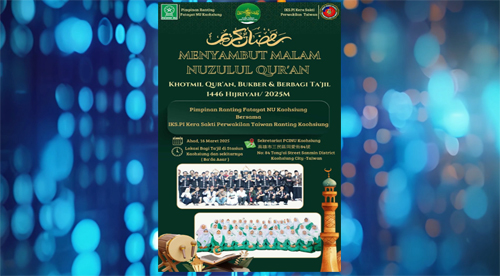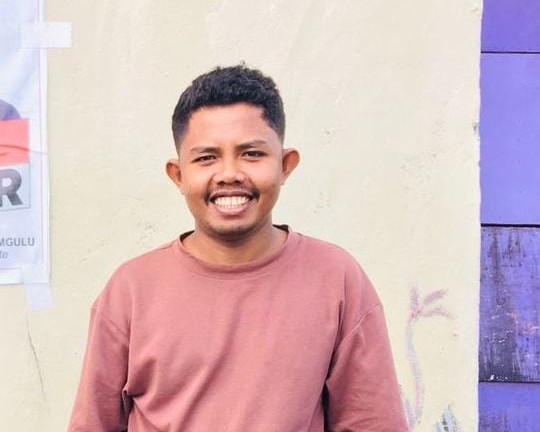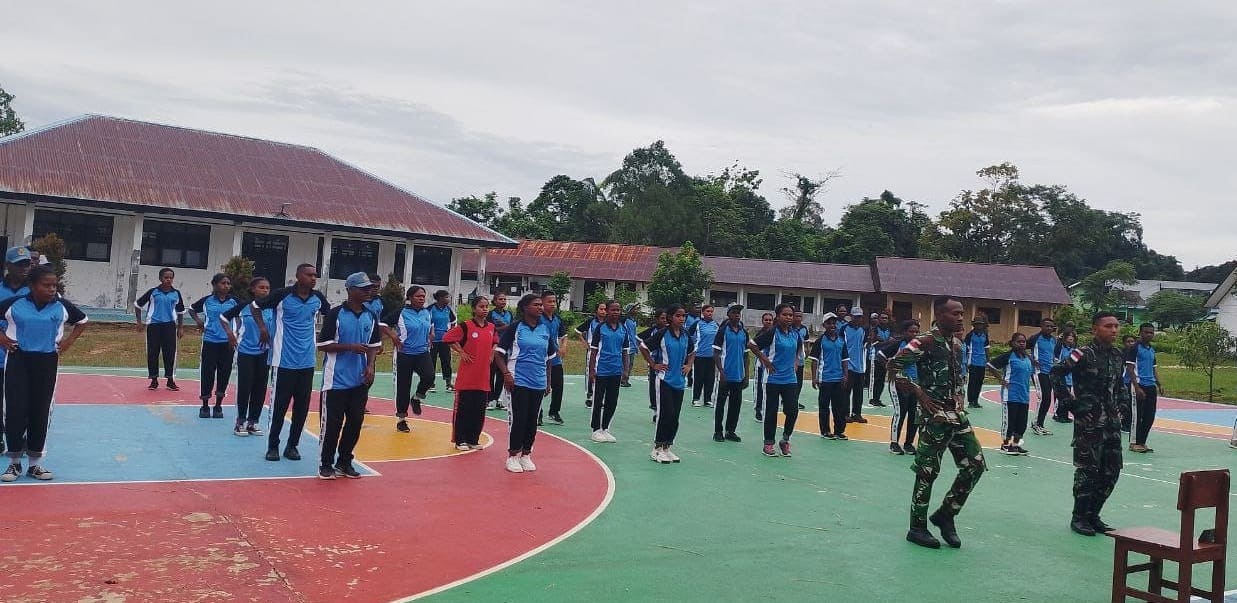Preservation of Traditional Traditions of Jembarwangi Village, Sumedang: Between Cultural Heritage and Economic Challenges of the Community
SUMEDANG-ASWINNEWS.COM- Jembarwangi Village, located in Tomo District, Sumedang Regency, is known as one of the villages that still maintains and preserves traditional customs to this day. One of the areas that maintains this tradition is Cirendang Village, where the community carries out a series of traditional ceremonies as part of their cultural identity.
Based on information obtained from the official website of the Sumedang Regency Government, Jembarwangi Village has deep historical value. In the area, evidence of ancient life was found in the form of stegodon elephant fossils, giant ancient turtle fossils, and ancient human fossils that are estimated to have existed around one to two million years ago. This finding adds to the cultural and historical richness of the village.
The people of Jembarwangi Village, especially those living in the Cirendang area, still carry out traditional traditions from generation to generation.
Jembarwangi Village Head, Dewi, Saturday, March 29 | 2025, in an interview with the Aswinnews.com media crew via WhatsApp telephone line explained that the village community holds four traditional events every year, which have been carried out since their ancestors.
The first traditional event held is Hajat Kapasir, which is held before clearing the land. The community brings yellow rice and gathers near the grave of Buyut Kamijah, who is believed to be the ancestor of the Jembarwangi people.
The second event is held after planting rice (tandur), where all residents make yellow rice and bring it to the mountain sand at the grave of Buyut Kamijah. This ceremony is a form of gratitude for the agricultural results that have been started.
Furthermore, at the third event, which is held after the rice begins to bloom, the community holds the Mapag Indung Pare event. At this event, a puppet show is held which tells the story of Pohaci, a story that contains community messages to teach the values of living together.
The last event, the fourth, was held after the main harvest (pare ngampih). In this ceremony, in addition to bringing yellow rice, the community also slaughtered a goat which was cooked in a place provided by the village, namely in a building near the tomb of Buyut Kamijah. The goat’s head which was usually buried in the previous event was now cooked along with other dishes.
In this fourth event, Village Head Dewi said that the committee asked for permission to hold a contribution from the villagers, which amounted to Rp 20,000. However, according to Dewi, this contribution was voluntary and not forced.
A Cirendang resident who was interviewed by the media gave a response regarding the contribution bill in the form of an official ticket with a nominal value of Rp 20,000 per sheet, which was distributed by the RT to each KK in the Cirendang Hamlet.
“His, but it’s too noisy acismah teu nanaon, pan ayeuna tea leads to famine, so it’s a bit heavy for sabenernamah tea. But yes kumaha deui da adat, usually the most expensive namah is 5 thousand. Don’t take care of taking care of the tumpengna wungkul group.” Sigana ayeunamah teu aya IT assistance Matak naek oge village.
When the media crew asked if there were other residents who had objections, the DA answered: Aya loba, ngan ieu mah kumaha deui, ieu mah adat meureun kumaha deui. Pan pangpangnamah ieu teh mareng keur annual fee ka RT, ka hansip. Pan mareng nu beuratnamah, ka RT oge pan 30 rebu, ka hansipmah antara 25 an sami.” but da teu jadi masalah setiap tahun oge.
However, this traditional tradition continues with the support of the majority of the community who respect and preserve their ancestral heritage. This custom is an inseparable part of the lives of the Jembarwangi community, which is still preserved in order to maintain the values of togetherness and gratitude towards nature and their ancestors.
By,Dadang Hermansyah
—
![]()




